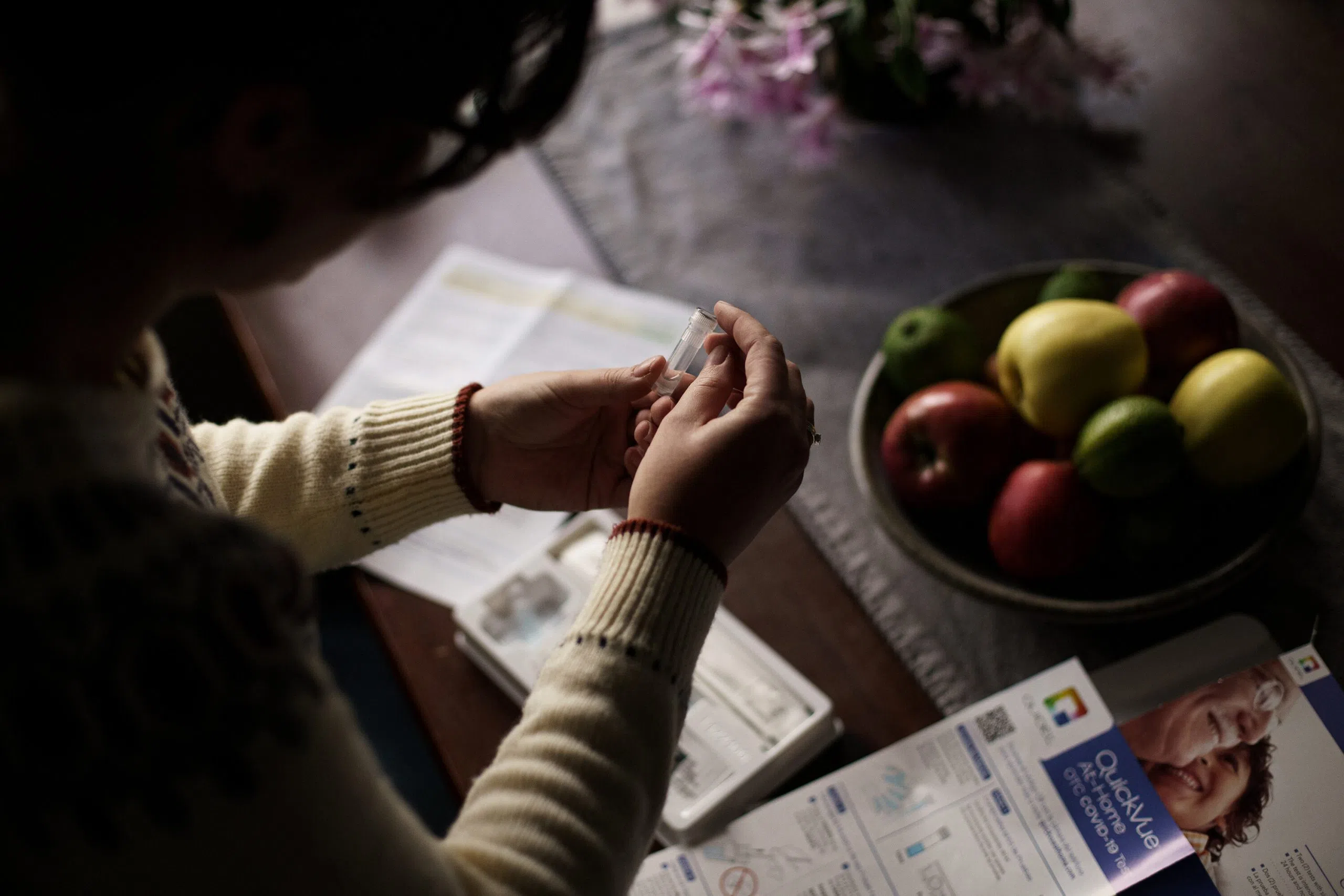With the Omicron variant spreading quickly across the US, several school districts are sending Covid-19 antigen tests home for the holidays to help curb a spike when they return to school in January.
The school systems include Marin County Schools in California, Chicago Public Schools, several cities in Massachusetts, and San Diego Unified School District.
Home tests are business as usual for Marin County California
For Marin County Schools in California, at-home tests are nothing new for their teachers and students, Superintendent Mary Jane Burke told CNN.
The school system has used the tests during the year and over Thanksgiving, but since they were in short supply, they were only used for those who were symptomatic — a problem they intended to fix for the winter break.
“It’s been good for us as a strategy, so then it makes everyone feel comfortable, and you get the information right away as opposed to waiting for a PCR test, where people are out of school, and our goal has been to keep kids in school,” Burke said.
On December 1, the California Department of Public Health sent out a note saying they had a better supply of the test and asked how many the school system needed. Since they had been testing and keeping track of the information, Burke said she knew exactly what to ask for.
“We knew we needed exactly 47,000 tests,” she said. “That includes all of our public, private, independent, parochial… everyone in the county.”
Each child and staff member will receive a test, and they were provided with an email giving them instructions in English and Spanish about how to administer the test, plus a way to call for help if they needed it.
“Our hope then is that given the fact that we have the testing availability that we get everyone to take a test before they come back to school, including teachers and staff,” Burke said.
The success of the initiative from day one of the pandemic has been the county’s public health department, and Burke said they would not be in the place they are without the help of the county’s public health officer Dr. Matt Willis.
In fact, it was the health department which notified an elementary school in the county a child who tested positive was still attending school.
“We recognized that testing was going to be critical,” Willis told CNN. “The fact that we’ve been able to take tests when a child developed symptoms or a staff member developed symptoms has been critical, so we’ve been doing home testing all the way through.”
Willis said even though some question the sensitivity of home tests as opposed to PCR, the home tests are perfect for what they are most concerned about; how contagious is an individual. Not to mention some lower income families do not have direct access to PCR testing, and the home tests are helping to bridge the gap.
“We were shooting ourselves in the foot by sticking to this expectation of really relying on PCR testing, and that was part of our innovation to really lean on home testing as much as possible,” Willis said. “I think there was this sense that it was too complex. But it’s totally manageable for families.”
However, Willis said PCR tests are not out of the question. In fact, a home test may need a follow-up PCR in some cases.
The partnership between the public health department and the education system, Burke said, has helped to not only try to keep kids in school, but has provided key information to help both entities identify where the spread is happening and establish trust with the community.
“We are all prioritizing the safest place for kids is in school, and we have prioritized that from the first day of closing,” Burke said. “Also, our vaccination rates are amazing. We’re in the high (60%) with our 5- to 11-year-olds with zero adverse reaction.”
It’s a feat Burke credits to the partnership with the public health department.





